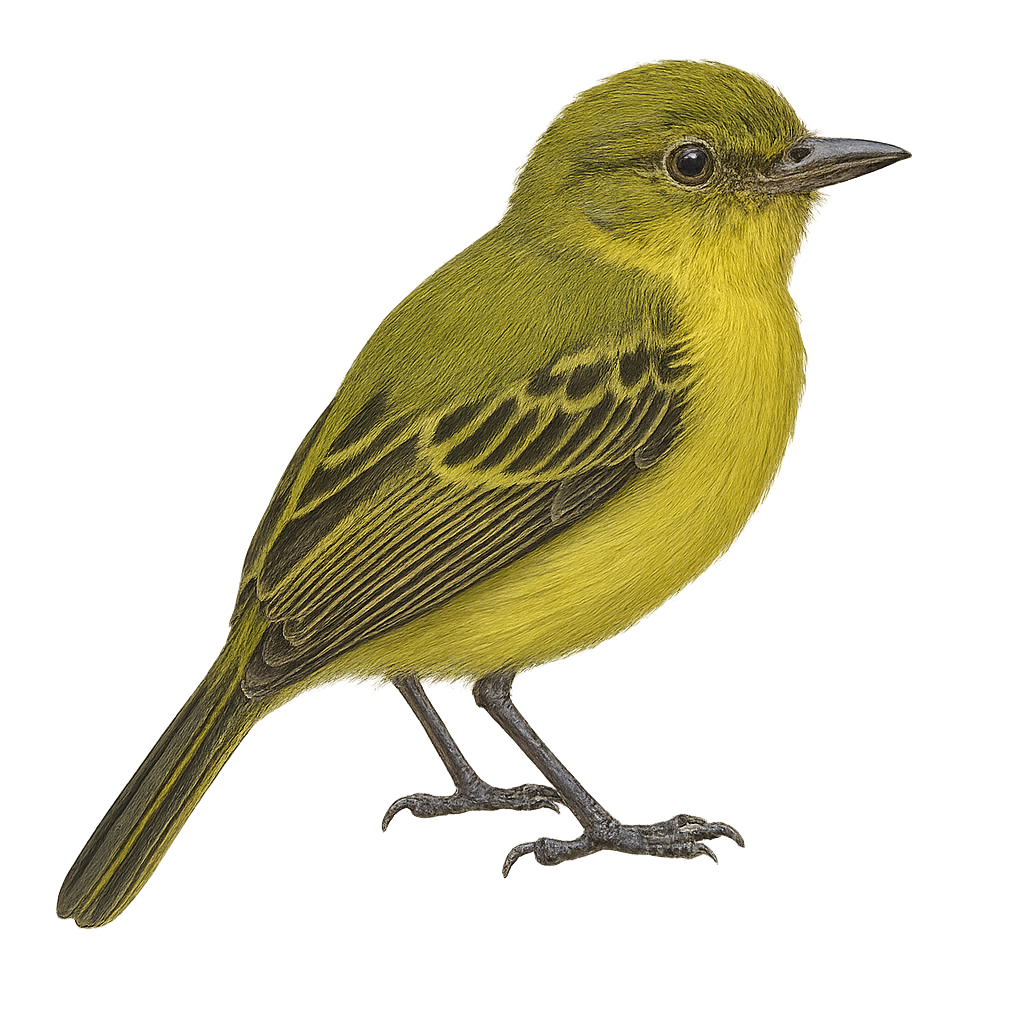Your wildlife photography guide.
Explore the yellow-breasted flycatcher in detail, study its behavior, prepare your shots.
Where to observe and photograph the yellow-breasted flycatcher in the wild
Learn where and when to spot the yellow-breasted flycatcher in the wild, how to identify the species based on distinctive features, and what natural environments it inhabits. The WildlifePhotographer app offers tailored photography tips that reflect the yellow-breasted flycatcher’s behavior, helping you capture better wildlife images. Explore the full species profile for key information including description, habitat, active periods, and approach techniques.
Yellow-breasted Flycatcher
Scientific name: Tolmomyias flaviventris

IUCN Status: Least Concern
Family: TYRANNIDAE
Group: Birds
Sensitivity to human approach: Suspicious
Minimum approach distance: 5 m
Courtship display: October to November
Incubation: 17-19 jours
Hatchings: October to December
Habitat:
Tropical rainforests, forest edges, mangroves
Activity period :
Primarily active during the day, with peak activity in the morning and late afternoon.
Identification and description:
The Yellow-breasted Flycatcher is a small passerine bird belonging to the Tyrannidae family. It is primarily found in the tropical rainforests of Central and South America, where it is distinguished by its bright yellow belly and olive back. This bird measures about 12 to 13 cm in length and weighs between 10 and 12 grams. Its beak is relatively broad and flattened, adapted for catching insects in flight. The song of the Yellow-breasted Flycatcher is a soft and melodious whistle, often heard in the forest canopy. It is mainly insectivorous but can also consume small fruits. Its ability to blend into dense foliage sometimes makes it difficult to spot, although it is quite common in its natural habitat.
Recommended lens:
400 mm – adjust based on distance, desired framing (portrait or habitat), and approach conditions.
Photography tips:
To photograph the Yellow-breasted Flycatcher, it is advisable to use a 400mm lens or longer to capture precise details without disturbing the bird. Look for it in tropical rainforests, especially along the edges where it is more active. Be patient, as this bird can be difficult to spot due to its plumage blending into the foliage. Use a tripod to stabilize your camera and wait for it to perch to capture a sharp image.
The WildlifePhotographer App is coming soon!
Be the first to explore the best nature spots, track rutting seasons, log your observations, and observe more wildlife.
Already 1 430 wildlife lovers subscribed worldwide

